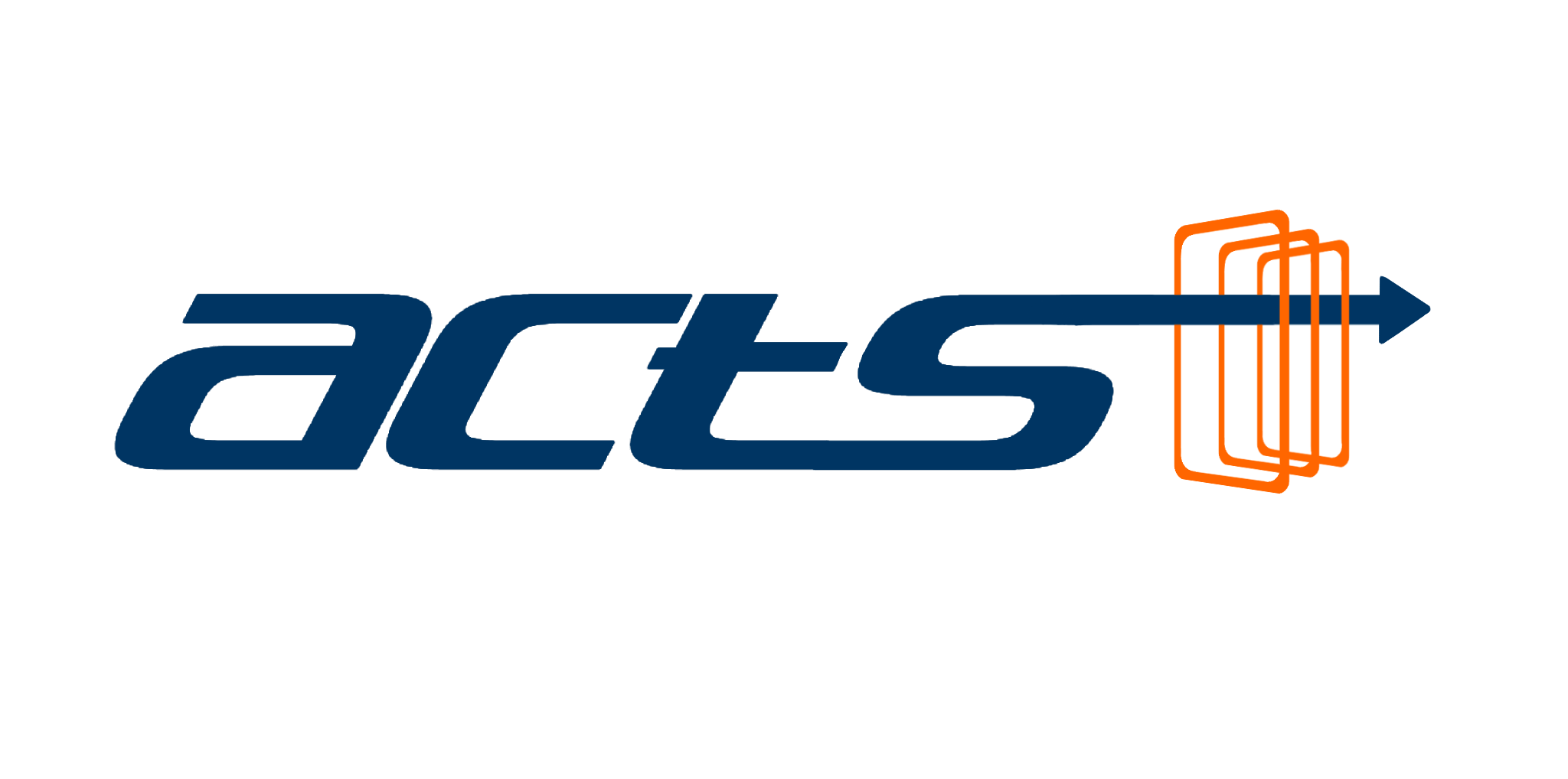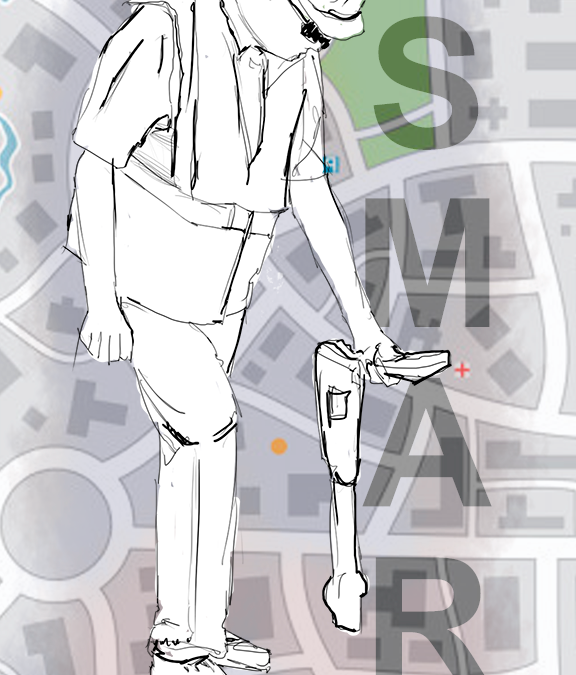By Jason Kouba
Damage Prevention Liaison
Tennessee811
What is the importance of mapping when it comes to locating underground utilities? You’ve heard it a million times within the industry, “If I had x-ray vision I would never mis-mark a line.” Unfortunately, we have yet to reach this point and must rely on mapping and our equipment to accurately locate a facility buried in the ground that we cannot see. Let’s take a look at the three key players in providing mapping and the roles they play in performing accurate locates.
Let’s start with the utility owners as this is where the initial mapping starts. Many people involved in a project rely on the accuracy of these utilities maps to design and plan their projects. As a utility owner, having accurate maps can provide crucial data in project planning which helps save money on said projects. By knowing what facilities you will be dealing with on a project and approximate locations of these utilities, you can determine whether or not utilities may have to be moved, whether or not you will have to cross them, and how much time should be budgeted and dedicated to exposing and working around existing utilities. Some operators have made it a point to improve the accuracy of their maps and have even started using GPS technology to map their utilities. If you are a utility owner and you don’t currently have a program in place dedicated to improving the accuracy of your maps, maybe now is a good time to look into it. With ticket volumes continuing to increase year over year, the longer we wait to improve our maps, the higher the chances of having utilities damaged during excavation.
The next player with a key role in using mapping and GIS data to prevent damages to underground facilities is the one-call center. Tennessee 811 relies on GIS data provided by the member utilities to accurately dispatch locate information to its members. While it is important to have the most up to date information available, it is the responsibility of the member utilities to keep this information current. If a utility has added service areas previously not included in data provided to the one call center, they will not be notified when tickets are called in for these areas unless you have submitted an update to Tennessee811. It is a good idea to check your GIS data that has been provided periodically, and at an absolute minimum annually. See page 8 for more on GIS and utility databases from our IT/GIS team.
Outside of utility GIS maps, there is other important mapping data that the call center needs to utilize. When an excavator calls in a ticket, they must provide an accurate address and or area of excavation. They also need to be able to provide driving directions from the nearest intersection to their area of work being called in. Being sure that this information is accurate when calling in tickets is vital to the utility owners and contract locators that have to respond to the ticket and get your area of excavation marked accurately and completely. Having lot numbers posted at new construction sites and using white paint greatly reduces the chance of your locate being delayed or being marked incompletely. Utilizing Bing maps and Google maps can help identify this information, but firsthand knowledge of the location from a job site visit is ideal.
Now let’s take a look at how the locators use all of this information to ensure your area of excavation is marked accurately and completely. The first thing a locator should be doing when they pull up to a job site is visually scan for signs of buried utilities. Once they have an understanding of the utilities that are in conflict with the excavation site they must reference their utility maps and compare that to what they are seeing in the field. The utility maps give important information to the locator like access points, size and material, service tie-ins, splices and dead end stubs. Utilizing all of the information provides you with the most accurate locate. Locators may have to utilize service cards or job order drawings along with the mapping provided. Once again, since a locator is unable to physically see what they are locating, it is important to use all available information to perform an accurate locate.
As you can see, accurate map data is crucial in damage prevention and everybody involved plays a role in creating, providing or utilizing this data to ensure locate requests are being marked accurately. Many companies are now utilizing software which allows them to integrate their GIS mapping information into their ticket management system to look at utility maps for a ticket based off the information provided on that ticket. This allows the locator to review maps right from their ticket view and ensures they are looking at the right location on the maps while saving the locator time in having to search maps for their exact location. Some contract locate companies locate for multiple utilities and this method of map integration can save a lot of time throughout the day.
To my fellow locators in Tennessee, here’s a reminder that maps should be used before you begin your locate as well as once you have completed your locate. When you pull up to a job site, scan the area for signs of buried utilities, reference your maps and perform your locate based on information provided on the maps. Before you leave the job site, double check the maps and verify that everything represented on the maps is marked. If you are thinking about a locate after you have left, you have not completed the locate. Go back and verify whatever it is you are thinking about. Leave every locate with confidence!
Thank you to each and every one of you that take the responsibility of locating underground facilities seriously. It is because of what you do that excavators are able to perform their jobs safely.

